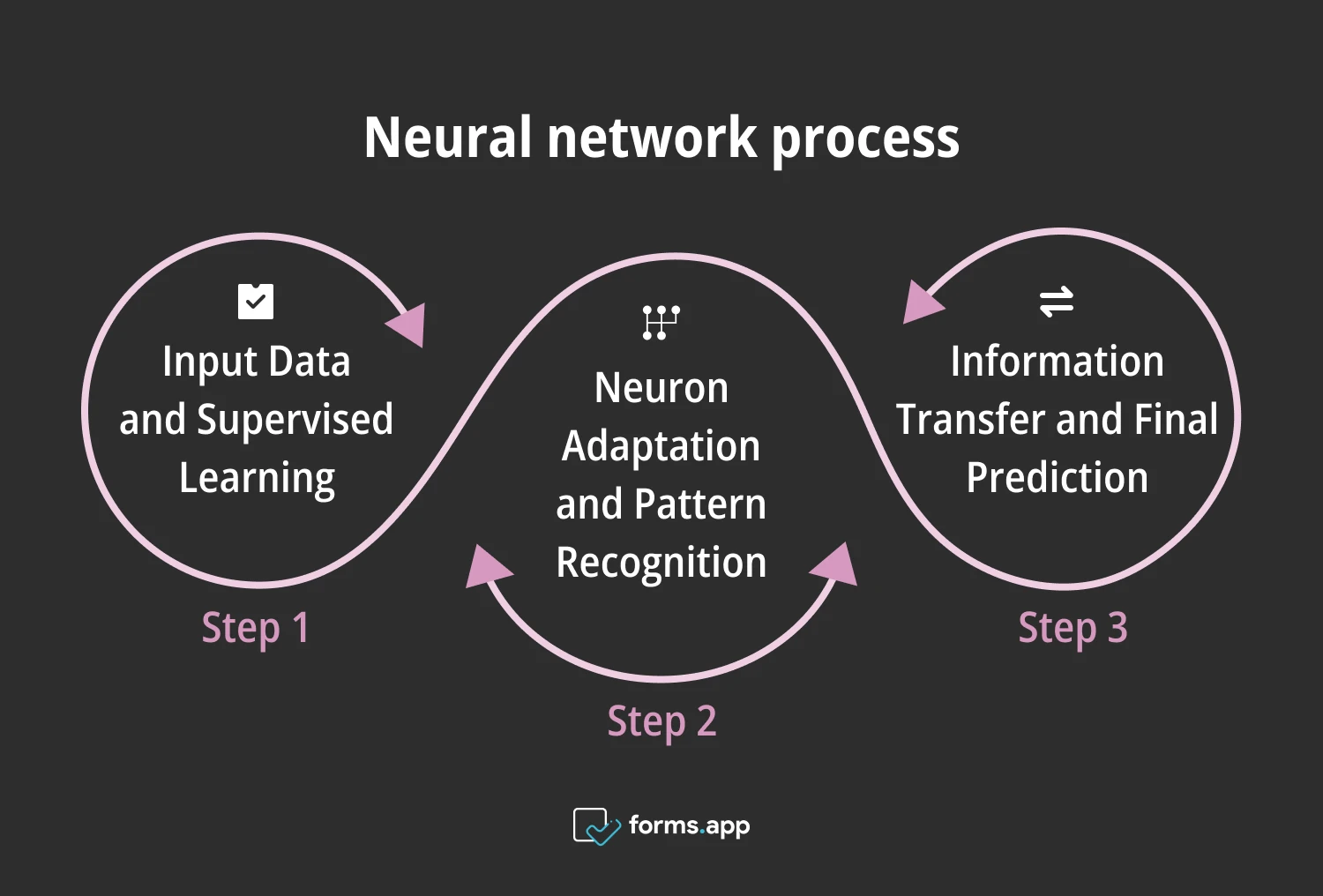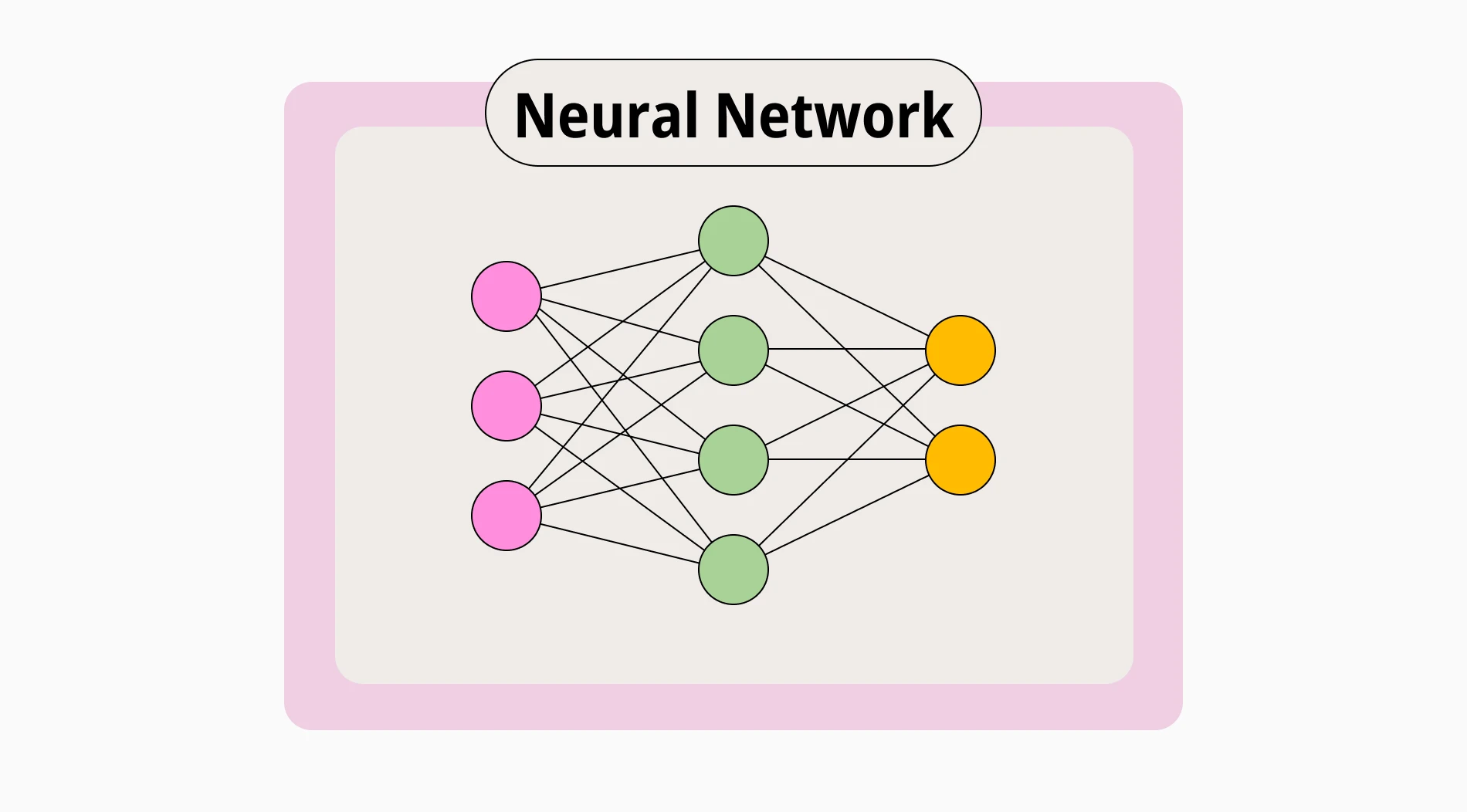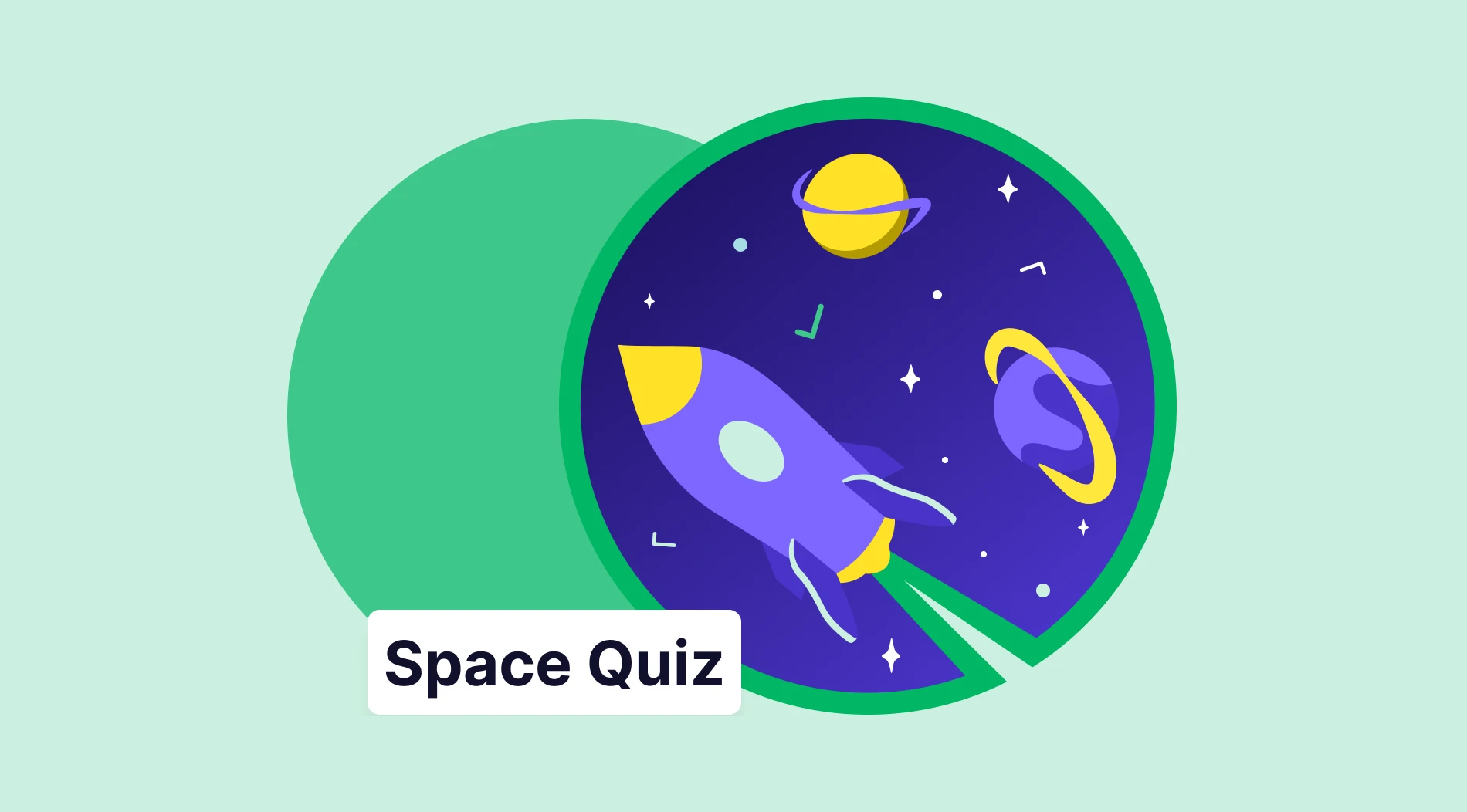The field of data science is gradually moving away from human hands and continues to be replaced by artificial intelligence and machines. Instead of people having to spend a lot of time on complex data, trained algorithms and data tools can accomplish a task very quickly. One of these powerful data analysis tools is neural networks. It is excellent in identifying patterns within complex data sets and gives accurate results.
First things first: What is a neural network?
A neural network is a computational model that works similarly to the human brain's network of neurons.
However, they differ in that they are artificial neural networks. Layers called neurons are connected to each other and constantly transfer information from one place to another. There is a balance of power between these connections, and in pattern recognition, each neuron reveals information about that pattern. But the correct ones gain weight, and the wrong neurons shrink. Thus, it can easily identify the most complex texts and images.
The process of the neural network

Neural network process
1. The neural network process starts with providing input data, which can be called supervised learning. In this step, the previously collected data is loaded into the system. This data then travels between hidden layers, and each neuron makes calculations based on these inputs.
2. These neurons are constantly adaptive and changing. Neurons try to uncover patterns by assigning weights to inputs. The results of some neurons give more accurate results than others, and the network highlights them according to the weight of these correct results.
3. This information transfer process continues through input layers and eventually reaches the final output layer. In this layer, a final prediction emerges as a result of the processed data. To give an example to make this concrete, facial recognition technology also uses neural networks.
First, images of what a face is are loaded into them, and things that do not resemble a face are given as input for negation. When you later ask neural networks to identify certain faces, they can now tell whether they are faces or not as a result of what they have learned.
How to use the neural network in data analysis
To use neural networks in data analysis, you must follow specific steps: First, a dataset for network analysis should be collected. This data collection process is the most critical step for the neural network to work correctly. Then, you need to prepare this model by choosing a model suitable for data classification. For example, you can use recurrent neural networks to analyze textual data.
In the next step, you need to train the neurons. Determine which information they should focus on with the help of weights. Later, neural networks will establish new hierarchies with connections among themselves. You should test this network model with small samples and save it for later use. From now on, the neural network you have prepared can now be used continuously in data analysis.
Frequently asked questions about the neural networks
In this section, you can learn more general answers and precise information about neural networks.
You can more easily reveal complex relationships with neural networks, which can be actively used in many different aspects of data analysis. First of all, before performing data analysis, it is necessary to feed these neural networks with data or train them initially.
These inputs can later help in many aspects of data analysis. For example, neural networks can be used in pattern classification, examining complex texts, forecasting, image recognition, data interpretation, visualization, and many other areas.
If you want to choose a neural network for data classification, first consider the nature of the data and the requirements of your purpose. There are some types of neural networks with data analytics functions that are frequently used for different types of data classification.
-Analyzing textual data: Recurrent Neural Network
-Analyzing tabular data: Multilayer perceptron
-Analyzing graph data: Graph Neural Network
-Analyzing image data: Convolutional Neural Network
Yes, data scientists actively and frequently use neural networks for deep learning in their research. They use them to solve a job effectively and quickly, reveal complex relationships, and make most tasks easier. Thanks to the versatile use of neural networks, they find many different application areas such as medicine, economics, marketing, and production.
For example, a data scientist in the field of healthcare might develop a neural network to analyze X-rays. A data scientist in the field of finance can create a model that can detect fraud.
First of all, it is necessary to use a method used in examining textual data, such as a recurrent neural network, must be used. However, this alone is not enough; it is necessary to support it with long- and short-term memory networks. This way, you get a network that can understand even complex sentences.
Conclusion
This article was an introductory and informative article about what neural networks are. We tried to show how you can get valuable insights from it as a unique tool in the data analysis world. Therefore, the article first started with the definition of a neural network and then explained its processes and how to use it in data analysis. From now on, you can use neural networks effectively and perform powerful data analysis.
Atakan is a content writer at forms.app. He likes to research various fields like history, sociology, and psychology. He knows English and Korean. His expertise lies in data analysis, data types, and methods.



